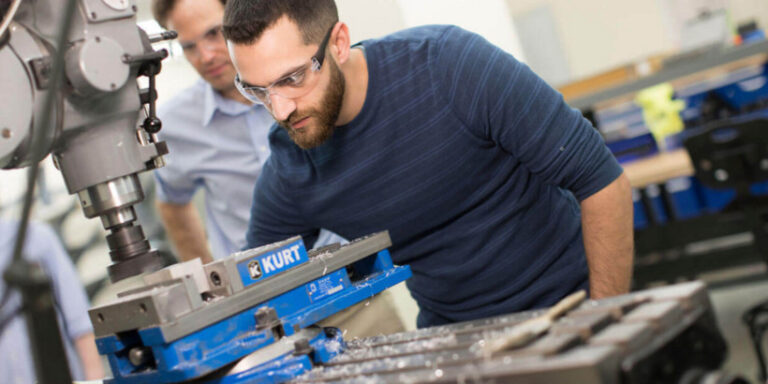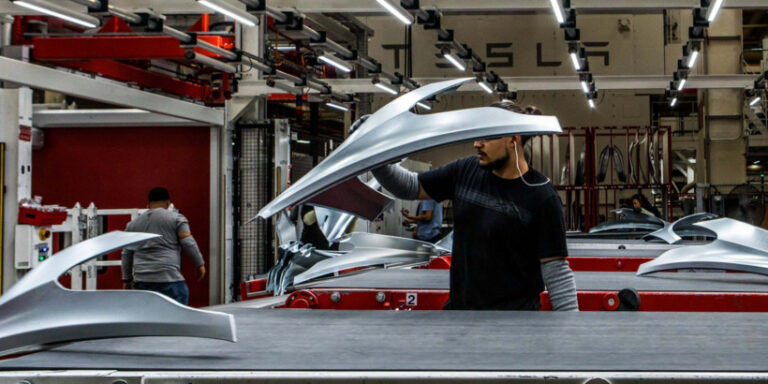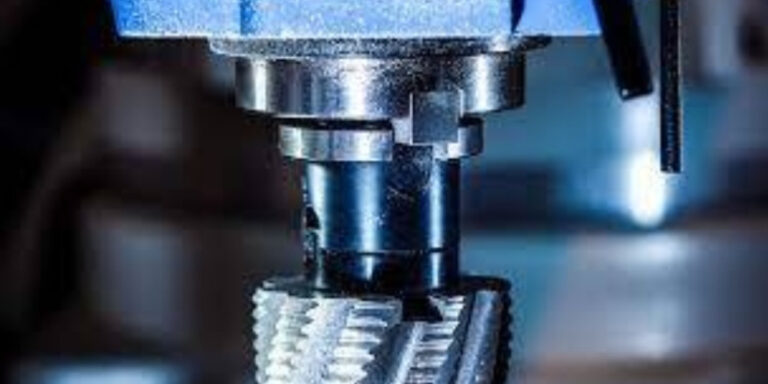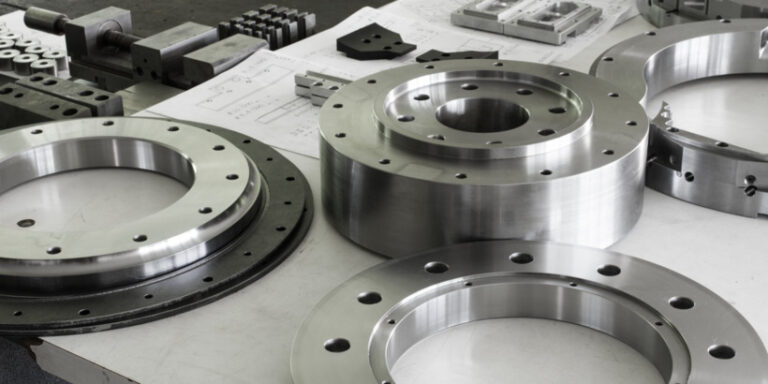Why 3d Printing Is The Future Of Manufacturing
Hey there! Have you ever heard of 3D printing? It’s a revolutionary technology that is changing the face of manufacturing as we know it.
In this article, I’m going to explain why 3D printing is the future of manufacturing and how it will transform the way we make things.
First off, let me give you a brief overview of what 3D printing actually is. Simply put, it’s a process where digital designs are transformed into physical objects by building up layers of material one at a time.
This means that instead of carving or cutting away at materials like traditional manufacturing processes, 3D printers can build complex shapes and structures with incredible precision and speed. But why exactly is this game-changing technology so important for the future? That’s what we’re about to explore!
Increased Design Freedom
I believe that 3D printing is the future of manufacturing, and one reason for this is increased design freedom.
With traditional manufacturing methods, there are limitations to what can be produced due to constraints in the production process. However, with 3D printing, customizable components can be created quickly and easily without any additional tooling costs.
This opens up a world of personalization options for consumers who want products tailored to their specific needs or preferences. The ability to create complex shapes and structures also allows for more efficient use of materials, reducing waste and environmental impact.
Overall, the flexibility offered by 3D printing technology makes it an exciting prospect for the future of manufacturing.
Faster Production Times
I’m excited about the potential of 3D printing for faster production times. It could drastically reduce labor costs by automating the production process, making it much more efficient. It could be the future of manufacturing and revolutionize the way we make products.
Decreased Labor Costs
I truly believe that 3D printing is the future of manufacturing.
One major benefit of this technology is decreased labor costs, which ties into faster production times.
With traditional manufacturing methods, a lot of manpower and resources are required to produce goods on a large scale.
However, with 3D printing, lower overhead costs can be achieved due to reduced need for human workers and streamlined processes.
This means that businesses can save money while still increasing productivity and output.
Plus, it’s not just about saving money – by relying more heavily on technology like 3D printing, we’re also reducing the risk of worker injury or accidents in hazardous work environments.
Ultimately, embracing 3D printing technology allows us to create products faster and more efficiently than ever before!
Automation
So, we’ve established that 3D printing can lead to faster production times and decreased labor costs.
But what about taking it a step further with automation?
With the use of remote control and neural networks, manufacturing processes can be automated even more efficiently.
This means less human intervention is needed, resulting in increased productivity and reduced errors.
Automation also allows for greater precision and accuracy when creating complex designs or intricate parts.
It’s exciting to think about how these advancements will continue to shape the manufacturing industry in the years to come!
Increased Efficiency
Now, let’s talk about how 3D printing and automation can lead to increased efficiency in manufacturing.
With dynamic customization capabilities, manufacturers can quickly adapt to changing customer demands without wasting time or resources on retooling traditional production lines. This allows for a faster turnaround time from design to finished product.
Furthermore, automated production processes eliminate the need for manual labor, reducing the risk of human error while increasing productivity levels. The precision of these methods also ensures that each item produced meets exact specifications every time.
It’s clear that these advancements offer many benefits to the industry, and it will be exciting to see what else is possible with continued innovation.
Reduced Waste
As we’ve seen, 3D printing technology offers faster production times than traditional manufacturing methods. But that’s not the only reason why it’s the future of manufacturing. Another major advantage is reduced waste, which benefits both the environment and businesses’ bottom lines.
Here are three ways in which 3D printing reduces waste:
- Precision-driven Production – because 3D printers build objects layer by layer, there is little to no material left over at the end of a project.
- On-Demand Manufacturing – with 3D printing, items can be made as they’re needed rather than produced in large batches that may go unused or become obsolete.
- Recyclable Materials – many 3D printer filaments are made from recycled materials, further reducing waste.
By using this innovative technology, manufacturers can also reduce labor costs and streamline their processes. With fewer steps involved in creating each product, companies can produce more goods in less time while employing fewer workers overall. Plus, since everything happens digitally before being printed out physically, errors can be caught early on and corrected without wasting any additional resources.
Overall, these benefits make it clear why 3D printing is poised to revolutionize the world of manufacturing for years to come!
Cost-Saving Benefits
Now, let me tell you about the cost-saving benefits of 3D printing. Get ready to be amazed!
With personalized customization and custom prototyping capabilities, businesses can save a significant amount of money by reducing waste in production.
Traditional manufacturing methods often require expensive tooling or molds that are needed for mass production. However, with 3D printing technology, companies no longer need to invest in these costly items because they can produce on-demand without any additional setup costs.
This means that businesses can quickly make changes to their designs without worrying about throwing away unused materials or outdated tools. Not only does this save money, but it also helps companies reduce their carbon footprint by eliminating excess waste.
So if you’re looking for a way to cut costs while still producing high-quality products, then 3D printing is definitely worth considering!
Improved Quality And Accuracy
When it comes to manufacturing, precision engineering and high-quality products are crucial.
3D printing has revolutionized the way we approach these aspects of production. With customizable parts, businesses can create unique designs that meet their specific needs without sacrificing quality.
3D printing also allows for greater accuracy in manufacturing by eliminating human error commonly found in traditional manufacturing methods. This not only saves time but also reduces waste during the production process.
As technology continues to improve, so does the potential for even more precise and high-quality 3D printed products. The future of manufacturing is undoubtedly centered around this innovative technique that offers unparalleled customization and accuracy.
Increased Sustainability
I think 3D printing is the future of manufacturing because it significantly reduces waste and is a more efficient use of resources. By using 3D printing, we can drastically reduce the amount of waste produced in the manufacturing process and make better use of our resources.
Reduced Waste
I believe that 3D printing is the future of manufacturing, especially when it comes to sustainability.
One major benefit of this technology is reduced waste. With traditional methods, excess materials are often wasted and discarded after production. However, with 3D printing, only the necessary amount of material is used, resulting in less waste overall.
Additionally, adaptive reuse and alternative materials can be easily incorporated into the process, further reducing waste and promoting a more sustainable approach to manufacturing.
By utilizing these techniques and advancing 3D printing technology, we can make significant strides towards a more environmentally conscious future.
Resource Efficiency
Now, let’s talk about resource efficiency as another aspect of increased sustainability.
When it comes to traditional manufacturing methods, the production of parts and products often requires a significant amount of resources such as energy and raw materials.
However, with 3D printing technology, these resources can be conserved by utilizing alternative materials and producing only customized parts that are needed for each specific project.
This not only reduces waste but also saves valuable resources that would otherwise go unused or be wasted in larger-scale productions.
By prioritizing resource efficiency through 3D printing, we can move towards a more sustainable future that values environmental conservation without sacrificing quality or innovation.
Greater Accessibility
On top of all the advantages that 3D printing brings to manufacturing, one of its biggest selling points is how accessible it makes crafting personalized products and unique, crafted objects.
Imagine being able to create a piece of jewelry or a decorative item from scratch, without needing any specialized equipment or training. That’s exactly what 3D printing offers – an easy way for anyone with a creative vision to turn their ideas into reality.
With this technology, you can customize everything from phone cases to prosthetic limbs, tailoring each product to your exact needs and preferences. And since 3D printers are becoming more affordable and widely available every day, there’s never been a better time to explore the possibilities they offer.
So why settle for mass-produced goods when you can unleash your inner artist and design something truly one-of-a-kind?
Conclusion
In conclusion, I firmly believe that 3D printing is the future of manufacturing. This revolutionary technology offers a myriad of benefits that traditional manufacturing methods simply cannot match. From increased design freedom to faster production times and reduced waste, there are countless reasons why businesses should be adopting this cutting-edge technique.
One rhetorical device that comes to mind when discussing the advantages of 3D printing is hyperbole. It’s easy to become excited about the possibilities offered by such an innovative process, but it’s important to remember that these claims are not exaggerated in any way.
The potential for cost savings alone makes it clear that 3D printing will soon become the norm in many industries.
Finally, accessibility is one aspect of 3D printing that truly excites me. As someone who has always been interested in creativity and innovation, I am thrilled at the prospect of more people being able to access this groundbreaking technology. With lower costs and simplified processes, we can expect to see even more exciting developments in the years ahead as individuals from all walks of life begin to embrace this incredible new tool.






